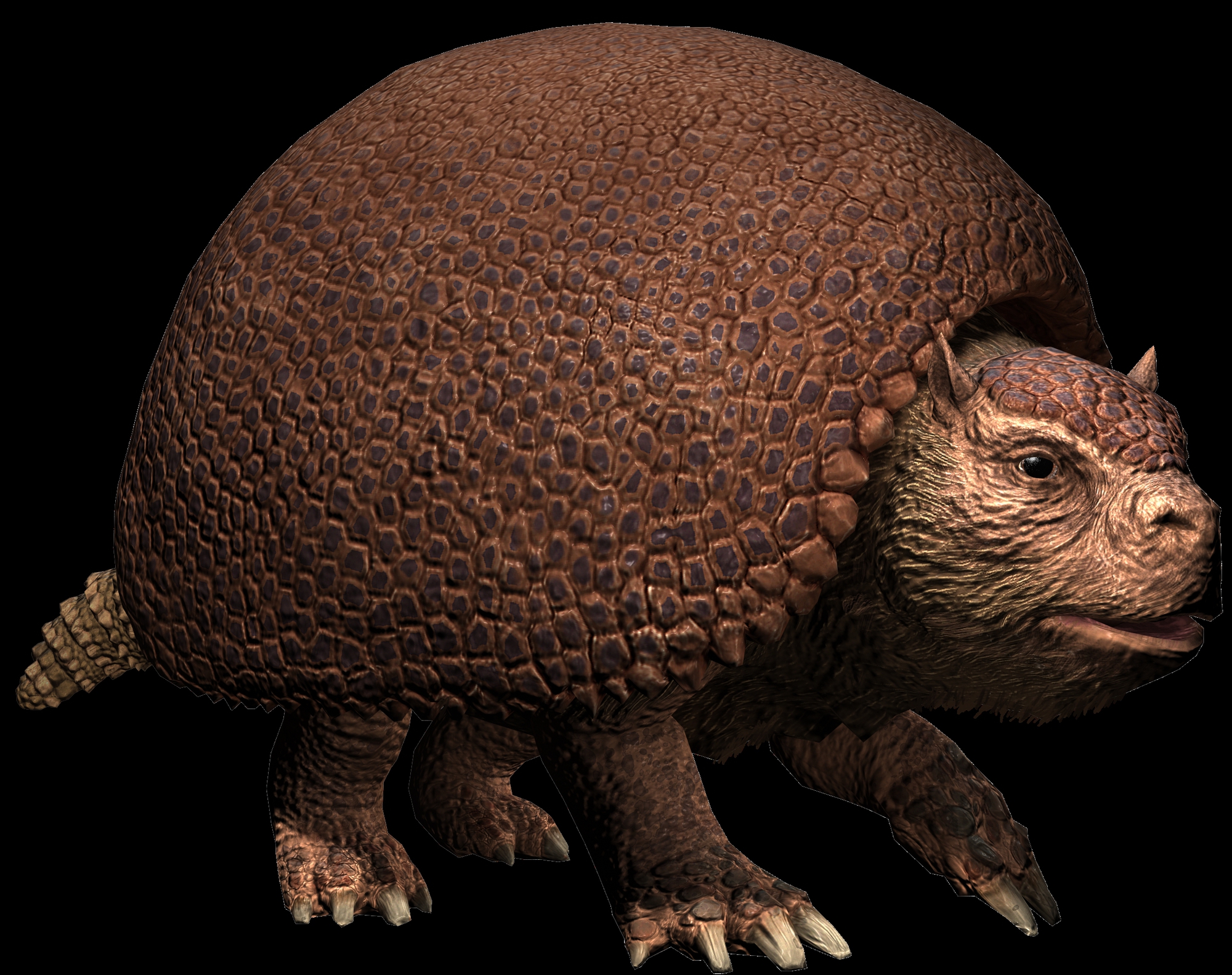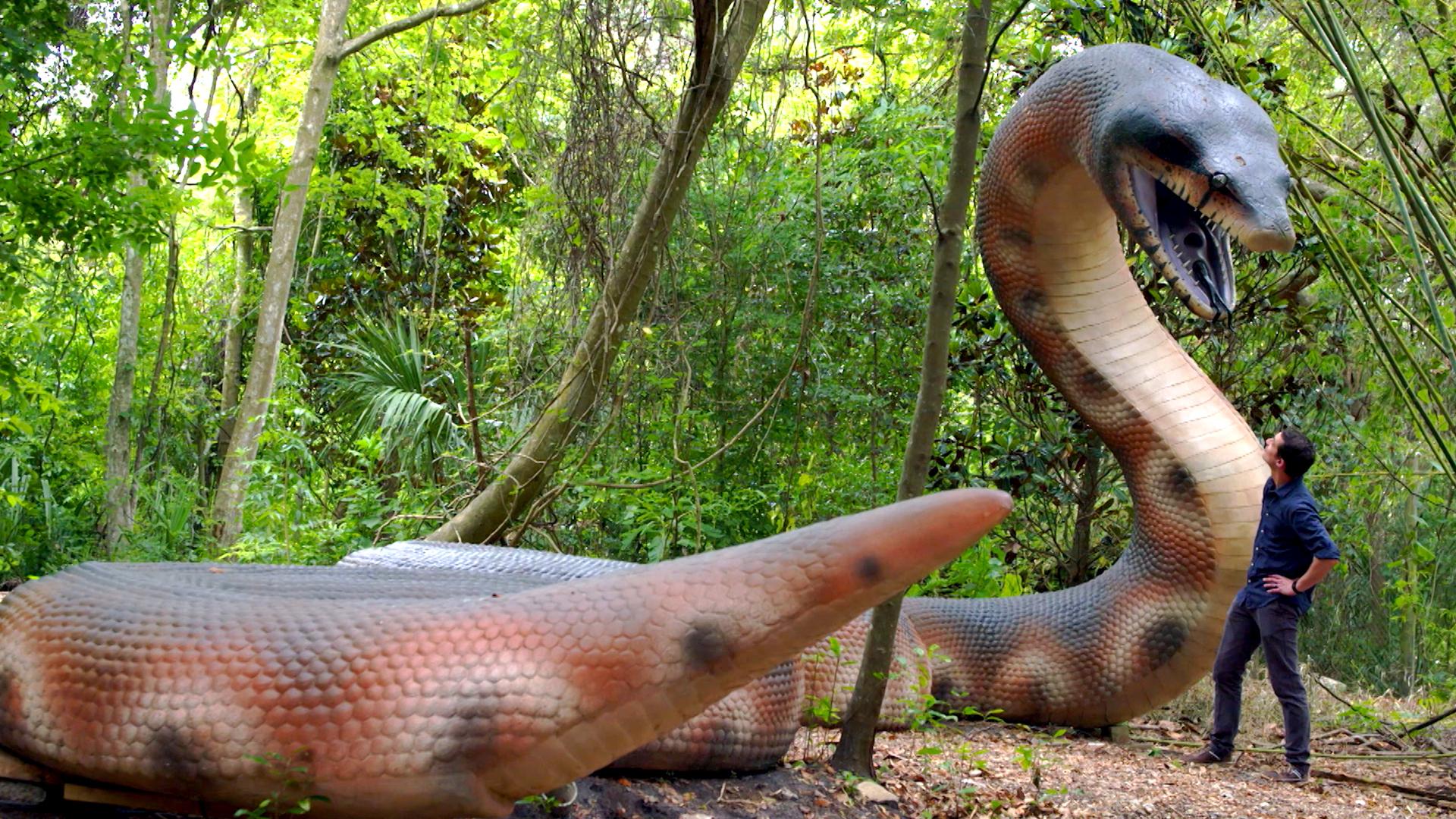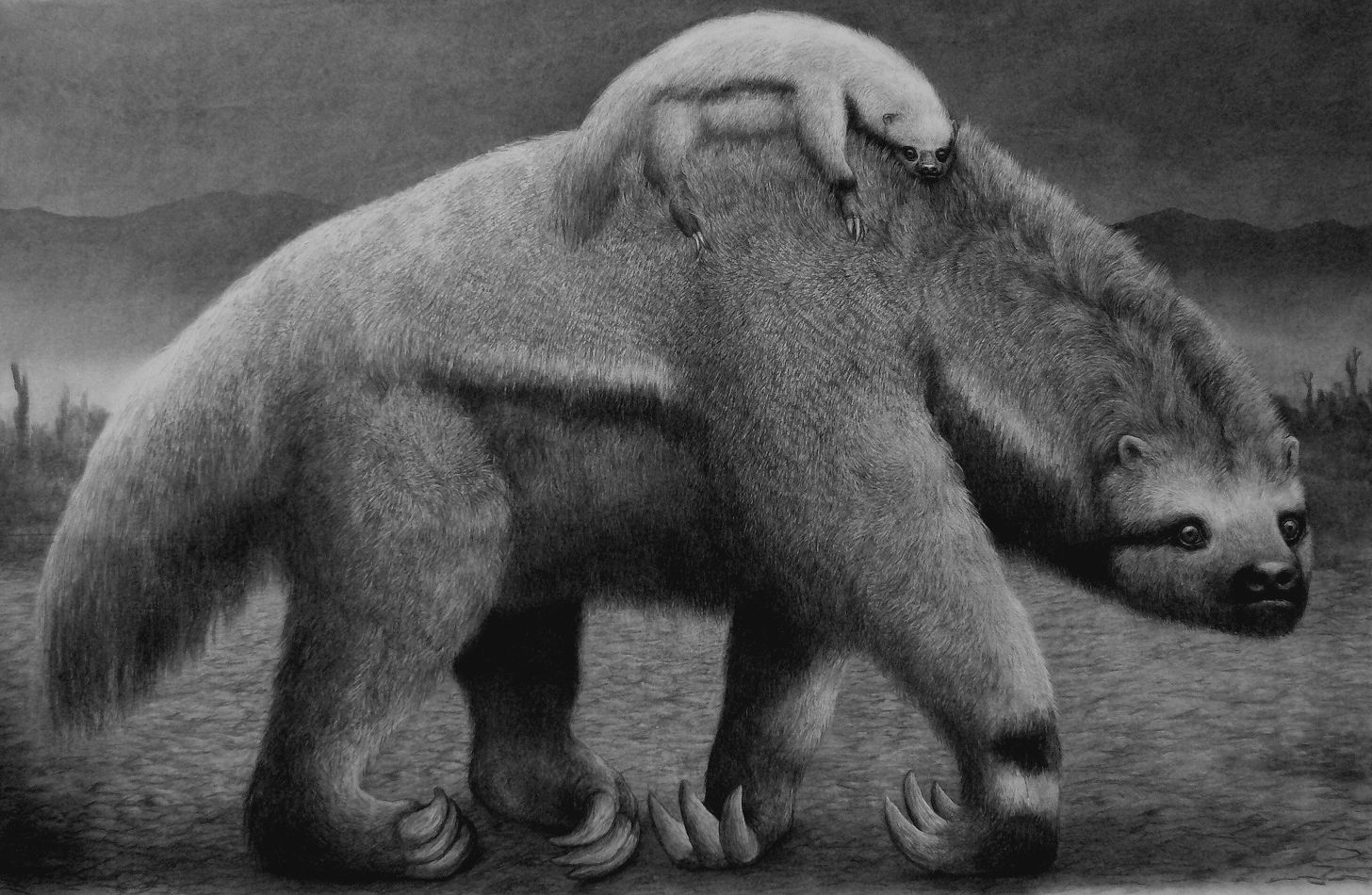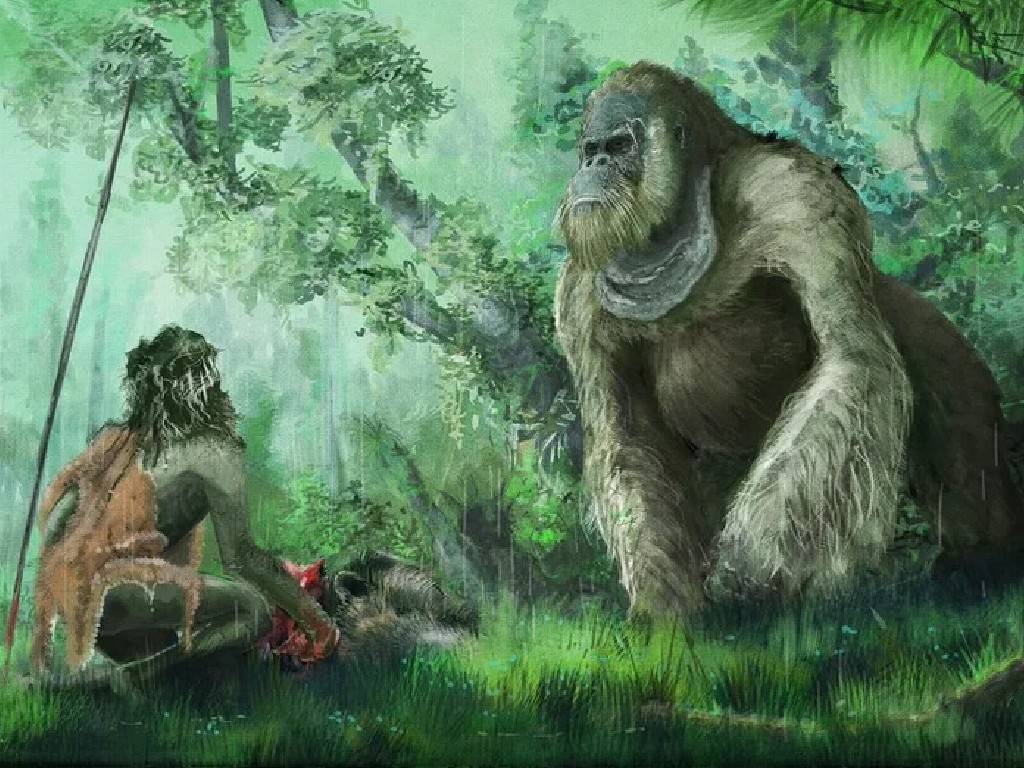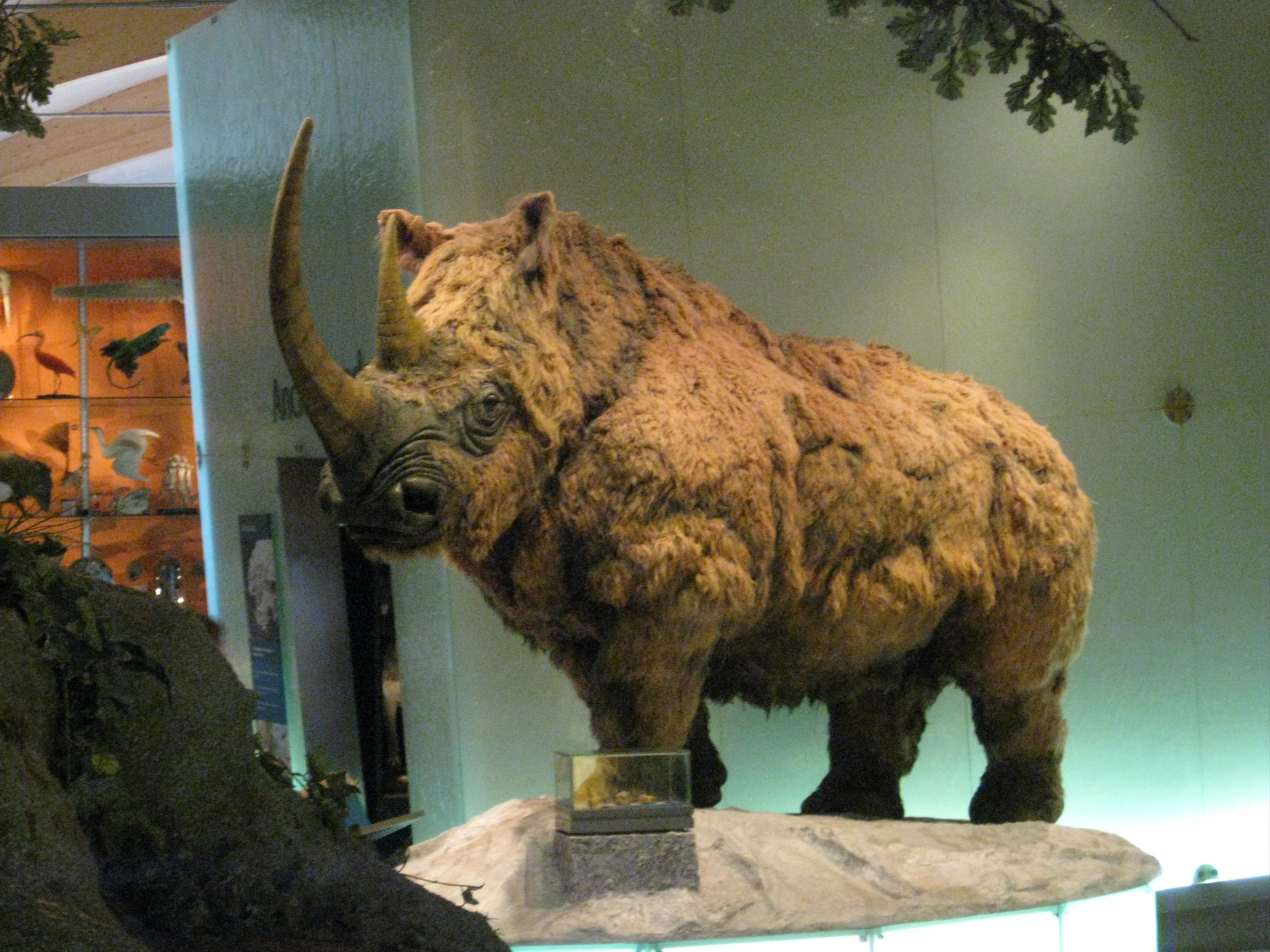Glyptodon: An animal with super-hard armor the size of a car
Between 5.3 million and 11,700 years ago, a special creature called Glyptodon – meaning “slotted tooth” – walked the Earth. This giant animal is more than 3 meters long and weighs nearly 2 tons. It has a fairly long and strong tail, and is accompanied by an armor that covers its entire body with more than 1,000 bone scales. They are a herbivore with a fairly peaceful personality and never have to worry when facing predators.
Titanoboa: Giant python up to 15m long
Titanoboa, the largest python known to man. When comparing the size and shape of their fossilized spines with those of modern snakes and pythons, researchers estimate that their adult bodies were more than 15 meters long and weighed about 1.1 tons, twice as heavy. 10 times an adult anaconda today.
Regarding the reason why the giant python Titanoboa became extinct, many people believe that there were times when the earth’s temperature dropped, making it very difficult for the cold-blooded animal to adapt to low-temperature environments.
Megatherium: A giant ground sloth that created mysterious rock tunnels in South America
Today’s sloths are relatively small, but their ancient relatives are different, ground sloths are nearly 4 meters tall and can weigh more than 4 tons. Although they are capable of walking on all fours, they can still reach their full height and stand on their hind legs to grab hard-to-reach leaves.
Gigantopithecus: The largest primate ever to exist on Earth
The giant ape weighs nearly 300kg, however at the present time we have only discovered a few fossil samples of this ancient ape.
While most prehistoric animals at the time foraged in both forests and grasslands, this ancient ape lived in only one environment, the forest. And as the forest area shrinks, their food source also becomes scarce and this is also the reason why this giant primate species became extinct.
Woolly rhinoceros: Hairy prehistoric animals that roamed Eurasia
The woolly rhino (Coelodonta antiquitatis) looked a lot like today’s rhinos. Like modern African rhinos, they also had a set of two horns, a large horn in front and a smaller horn between the eyes. However, the difference with modern rhinos is that they have a lot of hair, with longer heads and bodies, and shorter legs. The woolly rhinoceros also has a large hump behind its shoulder.
